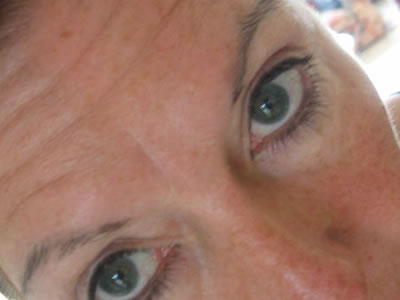According to the American Diabetes Association, people living with diabetes should take a good look at their eye health. It reports that nearly 26-million people in the United States have diabetes and that up to 24,000 people lose their vision each year because of diabetes.
The American Optometric Association (AOA) encourages diabetics to schedule annual, dilated eye examinations. This will help detect and prevent eye and vision disorders that could lead to blindness.
Diabetes-Related Eye Disorders
People with diabetes are at a significantly higher risk for developing eye diseases including glaucoma, cataracts and diabetic retinopathy - which is one of the most serious sight-threatening complications of diabetes.
Things to Consider
- People with diabetes are 40-percent more likely to suffer from glaucoma than people without diabetes.
- People with diabetes are 60-percent more likely to develop cataracts. People with diabetes also tend to get them at a younger age and have them progress faster. With cataracts, the eye's clear lens clouds, blocking light and interfering with normal vision.
- Diabetic retinopathy is a condition that causes progressive damage to the retina, the light-sensitive lining at the back of the eye. Damage to the tiny blood vessels that nourish the retina causes swelling of retinal tissue and clouding of vision. If left untreated, diabetic retinopathy can cause blindness.
Since early warning signs of diabetic eye and vision disorders are often subtle or undetected, the AOA recommends that people - especially African Americans and Hispanics, who have a higher risk of developing diabetes - look for initial signs and contact a doctor of optometry if any of the following symptoms are present:
- sudden blurred or double vision,
- trouble reading or focusing on near-work,
- eye pain or pressure,
- a noticeable aura or dark ring around lights or illuminated objects,
- visible dark spots in vision or
- images of flashing lights.
Eye Health Tips
In addition to having yearly, comprehensive eye exams, the AOA offers the following tips to help prevent or slow the development of diabetic eye diseases:
- Take prescribed medication as directed.
- Keep glycohemoglobin test results ("A1c," or average blood sugar level) consistently under 7 percent.
- Stick to a healthy diet that includes omega-3s, fresh fruits and vegetables.
- Exercise regularly.
- Control high blood pressure.
- Avoid alcohol and smoking.
AOA









